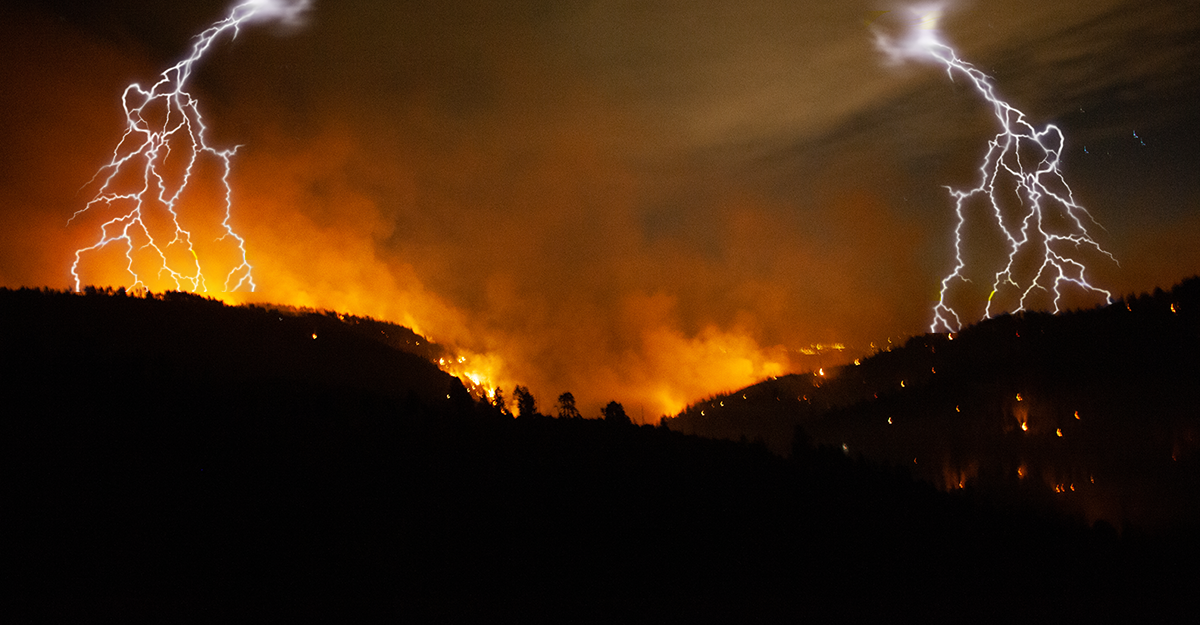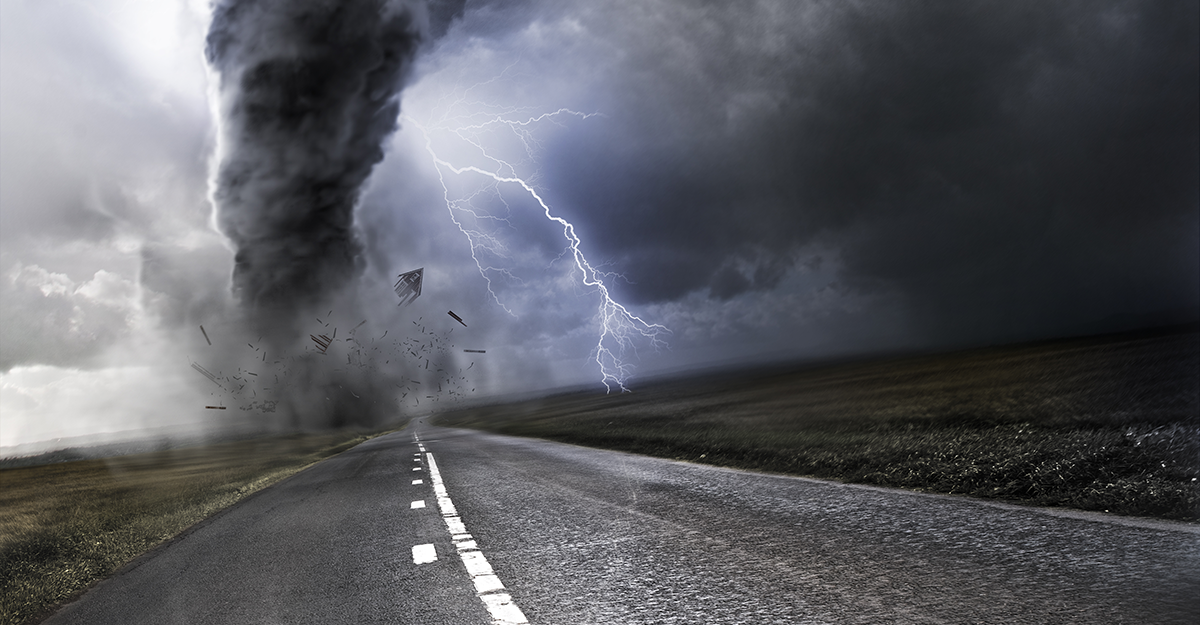For decades now, public safety Land Mobile Radio (LMR) systems have provided a reliable, albeit geographically limited, communications backbone and baseline for related command and control systems for public safety agencies. These legacy LMR systems are often limited to the geographic areas of the agency/agencies being served and, in many cases, there may be multiple public safety LMR systems in the same geographic area using...
Read MoreThe 2022 Blueforce Texas Road Show
The 2022 Blueforce Texas Road Show gives you hands-on access to the latest in Public Safety, Safe Campus, and Autonomous Platform technologies. The Road Show kicks off Tuesday October 11, 2022 in Houston. For more information, click here…











